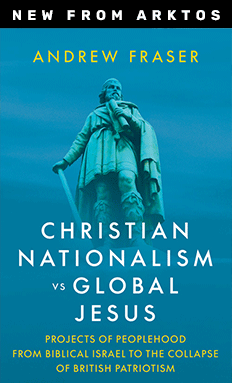Blacks in Fairfax, Montgomery Outdo U.S. Peers in AP
Daniel de Vise, Washington Post, June 27, 2007
Black students in Montgomery and Fairfax high schools are far more successful in Advanced Placement testing than their peers in nine of the 10 school systems in the nation with the largest black populations, according to a Washington Post analysis.
Participation in the AP program has more than doubled in 10 years. But this surge in college-preparatory testing has not reached most African American students, according to a review of 2006 exam results in 30 school systems with about 5,000 or more black high school students.
Still, black students in both Montgomery and Fairfax counties passed AP tests in spring 2006 at the rate of more than eight tests for every 100 black students enrolled in the high school grades, the analysis found.
That is far greater than the success rate of African Americans nationwide, who produced about one passing AP test for every 100 students. None of the other school systems studied produced successful AP tests at even half the rate of Maryland’s and Virginia’s largest school systems.
{snip}
Fairfax, with 5,771 black high school students, had 494 passing tests from African Americans.
The AP program began in 1955 as a means for top high school students to take college courses. A national surge in AP testing began in the late 1990s as a quest for greater rigor for a broader spectrum of high school students. Participation among black students has tripled in 10 years. But the numbers were so low 10 years ago that by 2006, none of the largest school systems in the country could meet the goal of having 1,000 passing tests from black students.
In the 1 million-student New York City system, the nation’s largest, black students produced 987 AP tests that earned scores of 3 or higher on the five-point AP grading scale in 2006. Philadelphia yielded 144 passing AP tests from black students. District schools had 108.
Four other school systems in the Washington and Baltimore suburbs with large black populations—Prince George’s County, Baltimore County and Anne Arundel County in Maryland and Prince William County in Virginia—each outperformed black students in the nation as a whole in AP testing, although none approached the national average for all public school students.
Baltimore City, on the other hand, yielded only 90 passing AP tests from a population of more than 20,000 black high school students.
The affluence of Montgomery and Fairfax counties partly explains the success of their African American students on AP tests. But school officials note that those systems’ minority populations are not particularly affluent. In Montgomery, for example, 45 percent of black students in the Class of 2006 who took AP tests qualified for federal meal subsidies.
The two school systems—and others with strong minority AP performance—have actively recruited black and Hispanic students into AP coursework. In the past, teachers and counselors routinely steered minorities away from the program, which was considered the province of a mostly white academic elite.
{snip}
The Post reviewed AP data from nine of the 10 school systems in the nation with the largest black populations, from New York City, with 115,963 African American students in grades 9 through 12, to Baltimore City, with 22,225. One of the 10, Detroit, declined to provide data. The analysis considered 20 other school systems, all among the 80 largest for black high school populations, that are known for their rigor. The smallest systems studied were Prince William and Anne Arundel, each with about 5,000 black high school students.
The analysis considered the number of passing exams by black students and weighed it against black student enrollment in grades 9 through 12. A score of 3 or higher on the five-point AP scale is considered passing because it is the typical cutoff for credit and advanced standing in college.
Outside the Washington region, no school system analyzed produced more than four passing AP tests for every 100 black high school students—half the success rate of Montgomery and Fairfax.
{snip}
Comparing the number of passing tests to the overall student population illustrates a twofold problem: Black students take AP tests at a much lower rate than others, and blacks who take AP tests are less likely to pass—one-quarter of blacks tested in spring 2006 earned passing grades, well below the overall pass rate of 58 percent in U.S. public schools.
{snip}















